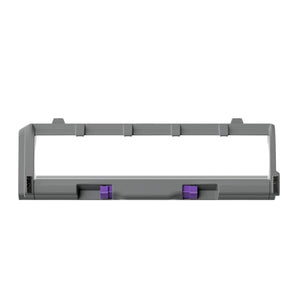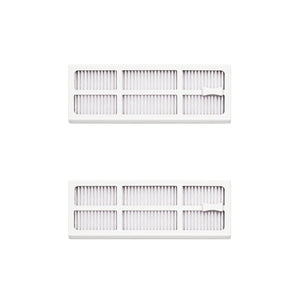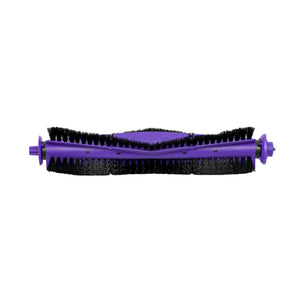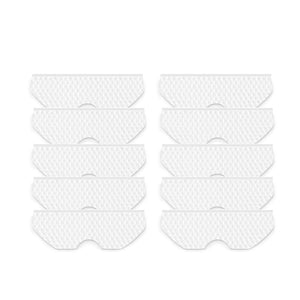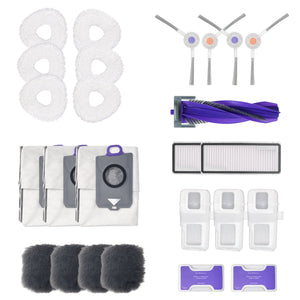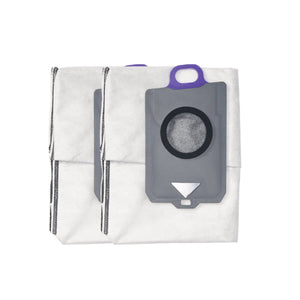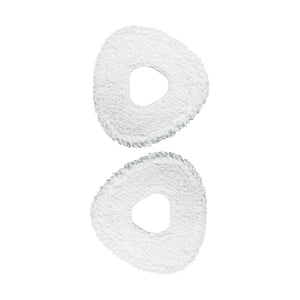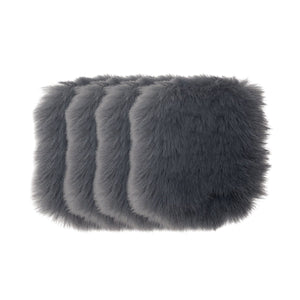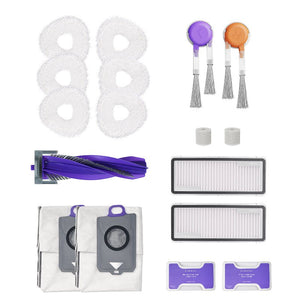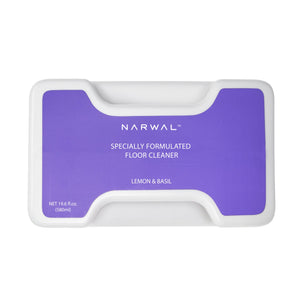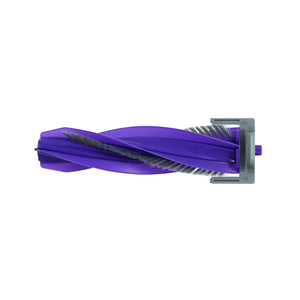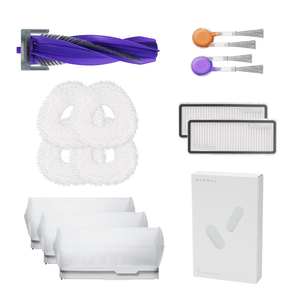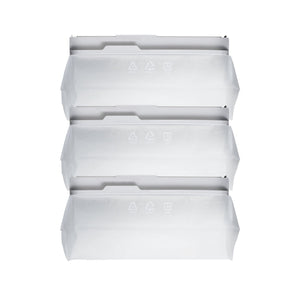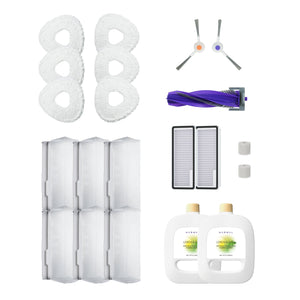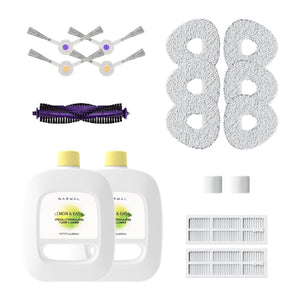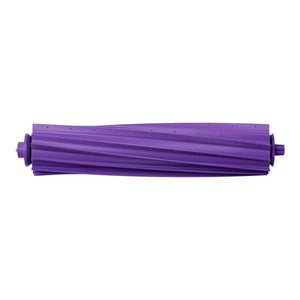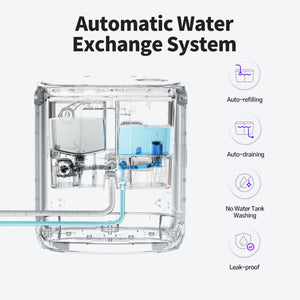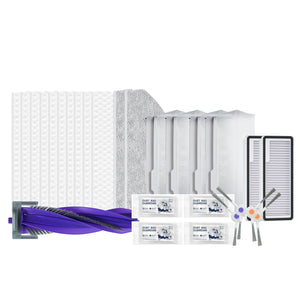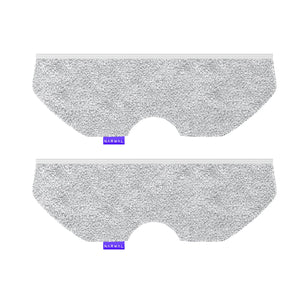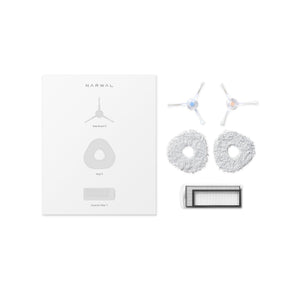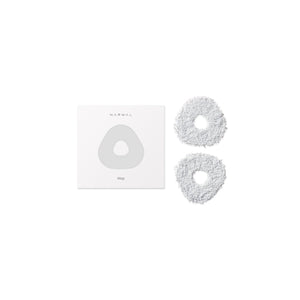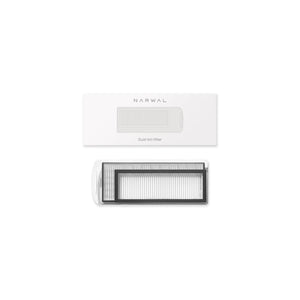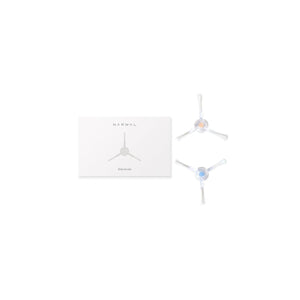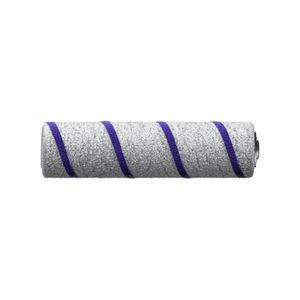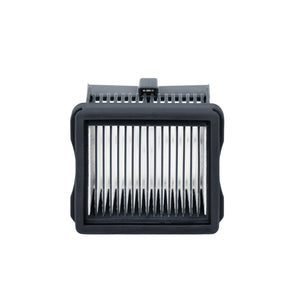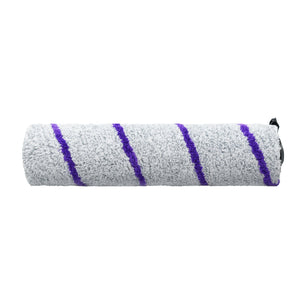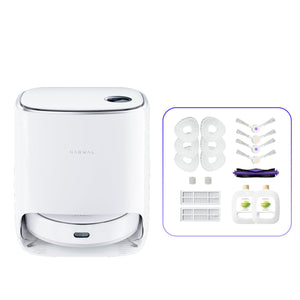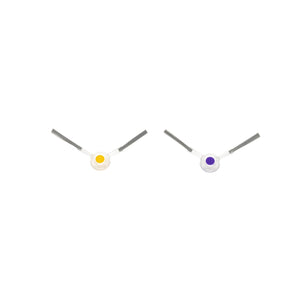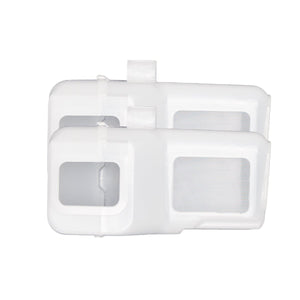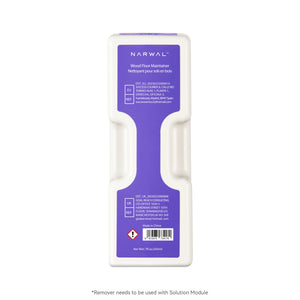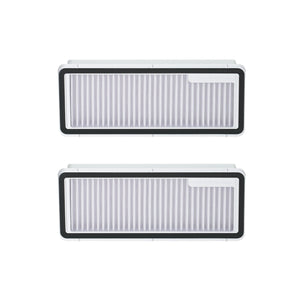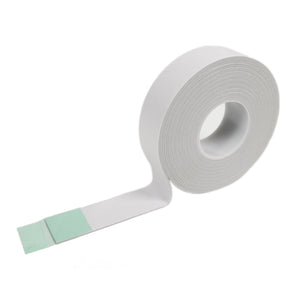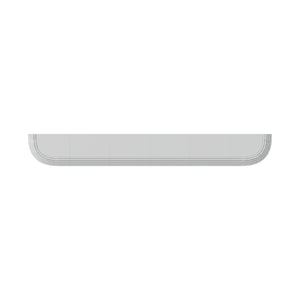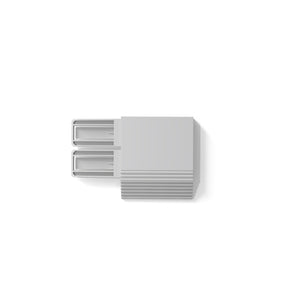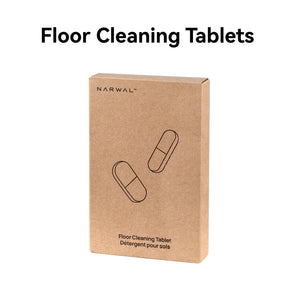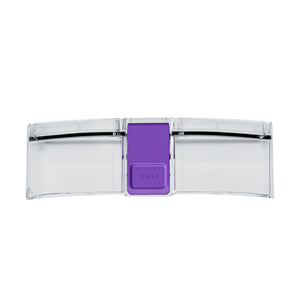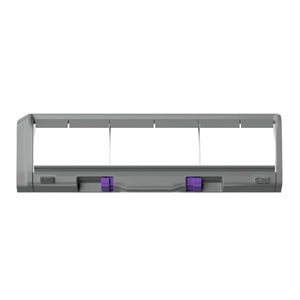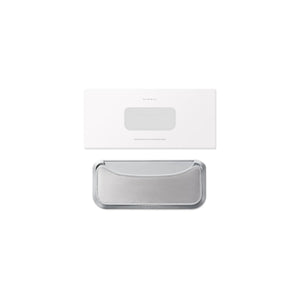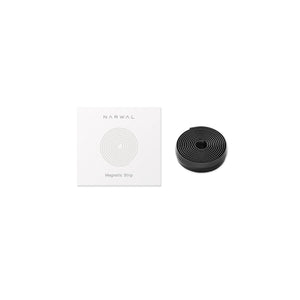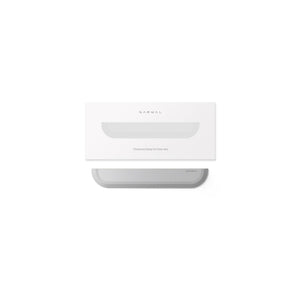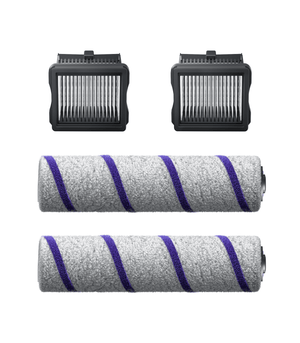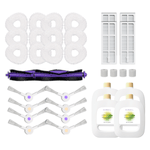Ever wondered how to truly measure your vacuum's suction power? If you've ever struggled with stubborn dirt or wished for deeper cleaning, you know that a vacuum's suction plays a huge role in its performance. But how do you know if yours is up to the task?
Let’s break it down. You’ll discover how to measure suction power using key factors like Air Watts, Water Lift, and Pascals. We’ll also dive into what influences suction, such as voltage, humidity, and airflow. Plus, we’ll share simple troubleshooting tips to ensure your vacuum is always performing at its best.
Vacuum Suction Measurement Methods Overview
To understand how effective your vacuum really is, you need to look at different ways to measure its suction power. The three main methods are Air Watts, Water Lift, and Pascals. Each of these gives you a specific insight into your vacuum’s performance, from its overall power to its ability to lift dirt and debris. Let’s take a closer look at each one.
Air Watts (Air Watts)
Air Watts combines both suction power and airflow. It measures how much air your vacuum can move and how strong the suction is. The higher the Air Watts, the better your vacuum can clean large areas and pick up debris.
Water Lift (Water Lift)
Water Lift measures how high your vacuum can lift a column of water. It tells you the strength of the vacuum’s suction. A higher water lift means stronger suction, making it better at picking up heavy dirt and debris.
Pascals (Pa)
Pascals measure vacuum pressure. Higher Pascal values indicate stronger suction. This measurement shows how much force the vacuum can apply to pull in dirt, which is important for precise cleaning.
Vacuum Suction Measurement Tools
To accurately measure vacuum suction power, you'll need the right tools. Each tool serves a specific purpose: from measuring vacuum pressure with a Vacuum Gauge, to assessing airflow with a Hot Wire Anemometer, and testing suction strength with a Manometer. Let’s explore each tool in detail and understand how they help you get the most accurate suction power measurement.

Vacuum Gauge
A Vacuum Gauge is used to directly measure the vacuum pressure. It shows how much suction force the vacuum can generate, typically in units like inches of water or Pascals (Pa). This tool is essential for understanding how powerful your vacuum’s suction is and whether it’s functioning at its optimal level.
Manometer
A Manometer measures the pressure difference between the vacuum system and the surrounding atmosphere. It helps to determine suction strength and can be used to check if there are any leaks in the system. Water manometers are commonly used to measure Water Lift, which indicates how high the vacuum can lift a column of water, reflecting the overall suction force.
Electrical Pressure Transducer
An Electrical Pressure Transducer converts the vacuum pressure into an electrical signal. This signal is then displayed digitally for easy reading. This tool is particularly useful when high-precision measurements are needed, as it provides more accurate suction data than other tools.
Hot Wire Anemometer
A Hot Wire Anemometer measures airflow. This is crucial for measuring the CFM (cubic feet per minute), which indicates how much air the vacuum can move. The CFM value is important when calculating Air Watts, as it helps assess the vacuum’s overall cleaning power by combining airflow and suction.
Test Plate
A Test Plate simulates a load to check how well the vacuum can handle different conditions. It is used alongside a pressure gauge to evaluate the vacuum pump’s capacity under various operating pressures. This tool helps in determining the vacuum’s overall performance and efficiency.
Vacuum Pump
A Vacuum Pump is used to create or maintain the vacuum state in the system. It helps evaluate whether the vacuum system is sealed properly and if it can generate enough suction for different cleaning tasks. This tool is useful for checking the vacuum's overall system performance.
Suction Cup
A Suction Cup is used to test the vacuum's ability to pick up and hold objects. It simulates how the vacuum would behave in real-world cleaning situations, allowing you to test the strength of the vacuum’s suction when interacting with different surfaces.
Thermometer and Hygrometer
A Thermometer and a Hygrometer measure the temperature and humidity of the environment. Since temperature and humidity can affect air density, which in turn affects suction performance, these tools ensure that environmental conditions are stable during the testing process.
Calibrated Flow Meter
A Calibrated Flow Meter is used to measure airflow (CFM) with high precision. It ensures accurate airflow data, which is critical for calculating Air Watts and understanding how well the vacuum is moving air. Accurate airflow measurements help provide a clearer picture of the vacuum’s overall power.
Now that we’ve covered the tools required for testing, let’s dive into the actual steps you’ll follow to measure vacuum suction power. The three main methods are Air Watts, Water Lift, and Pascals. Each one gives valuable information about your vacuum’s performance, and here’s how to use them.
Using Air Watts to Measure Suction Power
Air Watts is a combined measure of both suction power and airflow. To measure Air Watts, you need to gather two key pieces of data: CFM (Cubic Feet per Minute) and Water Lift. Here’s a clearer step-by-step process:

Step 1: Measure the Airflow (CFM)
The first step is to measure the airflow (CFM), which is the volume of air the vacuum can move in one minute. This is typically measured in Cubic Feet per Minute (CFM).
-
Tool used: Hot Wire Anemometer or a Calibrated Flow Meter.
- How to measure: Place the anemometer or flow meter at the vacuum’s suction inlet (usually where the hose connects). The device will measure how much air the vacuum is drawing in.
Why it matters: High airflow (CFM) is crucial for cleaning larger areas quickly, as it indicates how much air the vacuum can move, allowing it to pick up dust and debris more efficiently.
Step 2: Measure the Water Lift
Next, measure the Water Lift, which tells you about the vacuum’s suction strength. Water Lift measures how high the vacuum can lift a column of water, and it indicates how much suction force the vacuum is generating.
-
Tool used: Manometer or Vacuum Gauge.
-
How to measure: Attach the manometer to the vacuum’s suction port. The manometer will show how high the water column is lifted as the vacuum operates.
Why it matters: A higher Water Lift means stronger suction, allowing the vacuum to pull debris from deeper surfaces, such as carpets or cracks.
Step 3: Calculate Air Watts
Now that you have both CFM (airflow) and Water Lift (suction strength), you can calculate Air Watts using the following formula:
Air Watts = CFM × Water Lift ÷ 8.5
For example, if a vacuum has a CFM of 100 and a Water Lift of 100 inches, the Air Watts would be:
Air Watts = 100 × 100 ÷ 8.5 = 1176.47
Why it matters: Air Watts is a combined measure of suction strength (Water Lift) and airflow (CFM). A higher Air Watts value indicates better overall cleaning power, meaning the vacuum can pick up more debris and clean more efficiently.
Using Water Lift to Measure Suction Power
Water Lift is a key metric that measures the strength of your vacuum’s suction by how high it can lift a column of water. It tells you about the vacuum’s pulling force. Here's a step-by-step breakdown:

Step 1: Set Up the Manometer
To measure Water Lift, you’ll need a Manometer or Water Manometer. These devices are designed to measure the vacuum’s suction by observing how high a column of water can be lifted.
-
Tool used: Manometer (preferably a water manometer for more accurate readings).
-
How to set up: Attach the manometer to the vacuum's suction port or hose. Ensure it’s secure so that there are no air leaks during the test.
Step 2: Turn On the Vacuum
Once the manometer is connected, turn on the vacuum and let it stabilize for a moment. You want to allow the vacuum to reach a steady operating condition before taking the measurement. This ensures that you're getting an accurate reading of the vacuum’s performance.
Step 3: Measure the Water Lift
As the vacuum operates, the water manometer will show you how high the water column rises. This height is your Water Lift value. Higher readings indicate stronger suction. A higher Water Lift means your vacuum has a stronger suction force. It’s especially important for deeper cleaning tasks, like pulling dirt from carpets or upholstery.
Step 4: Interpreting Results
The Water Lift value is typically measured in inches of water. The higher the value, the more powerful the suction.
For example, if your manometer shows a water lift of 100 inches, this indicates that the vacuum has a strong suction force. This is ideal for deep cleaning tasks.
Using Pascals (Pa) to Measure Suction Power
Pascals (Pa) measure vacuum pressure, which is another important factor in suction performance. This method provides an accurate reading of suction strength. Here's how to use Pascal values to measure suction power:

Step 1: Attach the Electrical Pressure Transducer
To measure suction pressure in Pascals, you will need an Electrical Pressure Transducer. This tool converts vacuum pressure into an electrical signal, which is then displayed digitally.
-
Tool used: Electrical Pressure Transducer.
-
How to set up: Attach the pressure transducer to the suction port or hose of your vacuum.
Step 2: Turn On the Vacuum
After the transducer is properly connected, turn on the vacuum and let it stabilize.
Like with other tests, the vacuum should run for a moment to stabilize and provide an accurate reading.
Step 3: Read the Measurement
The transducer will convert the pressure into a digital reading in Pascal (Pa). The higher the number, the stronger the suction pressure.
Higher Pa values indicate a vacuum with stronger suction power. This is important for tasks requiring fine precision, like cleaning tight spaces or deeply embedded dirt.
Step 4: Interpreting Results
Higher Pascal readings mean greater suction power. This method is great for precision cleaning because it shows how much force the vacuum is generating.
Factors Affecting Suction Power
Several factors can affect your vacuum's suction power, even if the machine is functioning properly. Understanding how voltage, altitude, airflow (CFM), system sealing, and humidity influence suction will help you get the best performance. Let’s dive into these key factors.

Voltage
The voltage supplied to the vacuum motor plays a significant role in its suction power. Higher voltage usually results in a stronger motor, which in turn generates more suction. If your vacuum is operating on lower voltage (due to power supply issues or weak batteries in cordless models), you may notice a reduction in suction strength.
Altitude, Air Temperature, and Barometric Pressure
Altitude, air temperature, and barometric pressure all affect the density of the air, which impacts how well your vacuum works. At higher altitudes, the air is thinner, which can reduce suction power. Similarly, very high or low temperatures can affect motor efficiency, and changes in barometric pressure can also have a minor effect on suction.
Airflow (CFM)
Airflow, measured in CFM (Cubic Feet per Minute), is another critical factor. Even with strong suction, a vacuum will struggle to clean effectively if the airflow is low. High airflow means the vacuum can move more air and pick up dirt more efficiently, while low airflow limits its ability to clean effectively. Ensuring that your vacuum has good airflow is just as important as having strong suction.
Vacuum System Sealing
The vacuum system sealing refers to how well the vacuum’s components are sealed to prevent air leakage. If there are leaks in the system—whether in the hose, filter, or motor housing—air can escape, reducing suction power. Regularly checking for leaks and maintaining the seals ensures that the vacuum is working at its full capacity.
Humidity
Humidity in the air can also influence suction. In high-humidity environments, air is denser, which may cause the vacuum motor to work harder. While this typically has a small effect, it can impact the efficiency of certain vacuum models, especially in environments with significant moisture or dampness.
If you would like to know more about robot vacuum suction, click here.
What is the difference between suction power and air suction?
Suction power is the total strength of the vacuum, including both suction pressure (Water Lift) and airflow (CFM). Air suction refers to how well the vacuum pulls air, usually measured by CFM. Suction power is a more complete measure of how effective the vacuum is at cleaning.
What should I do if my vacuum’s suction power decreases over time?
If your vacuum's suction power decreases:
-
Clean or replace the filters.
-
Check for clogs in the hose or brush roll.
-
Ensure there are no leaks in the system.
- Empty the dustbin or replace the bag.
How do I know if my vacuum has strong suction?
You can tell if your vacuum has strong suction by checking its Air Watts, Water Lift, or CFM values. Higher Air Watts and Water Lift generally indicate stronger suction.
Does higher wattage in a vacuum mean better suction?
Not always. Wattage refers to the power consumed by the motor, but suction power depends more on factors like Airflow (CFM) and Water Lift. A vacuum with higher wattage may not always have better suction if these factors aren’t optimized.
How much suction does the average vacuum have?
The average vacuum typically has between 100-200 air watts of suction power. Higher-end models can have 200-300 air watts for better performance, especially for deep cleaning tasks.
What are the suction power ratings for different vacuums?
-
Low suction (less than 100 Air Watts): For lightweight vacuums, suitable for light tasks like hardwood floors.
-
Medium suction (100-200 Air Watts): Common for most home vacuums, ideal for general carpet cleaning.
-
High suction (200-300 Air Watts): Found in high-end models, designed for deep cleaning thick carpets.
- Professional-grade suction (300+ Air Watts): Used in commercial vacuums, providing maximum power for large areas and heavy debris.













